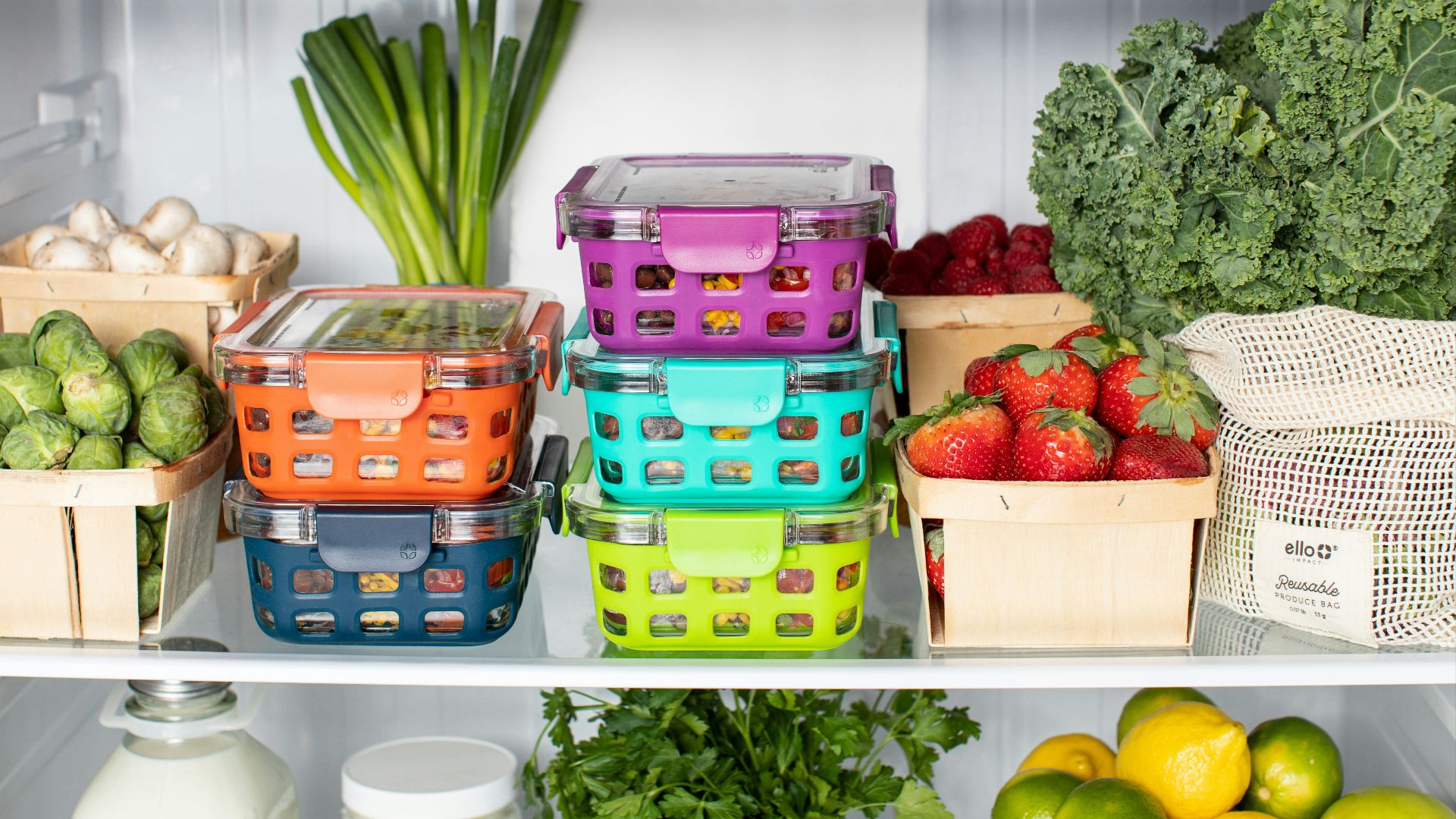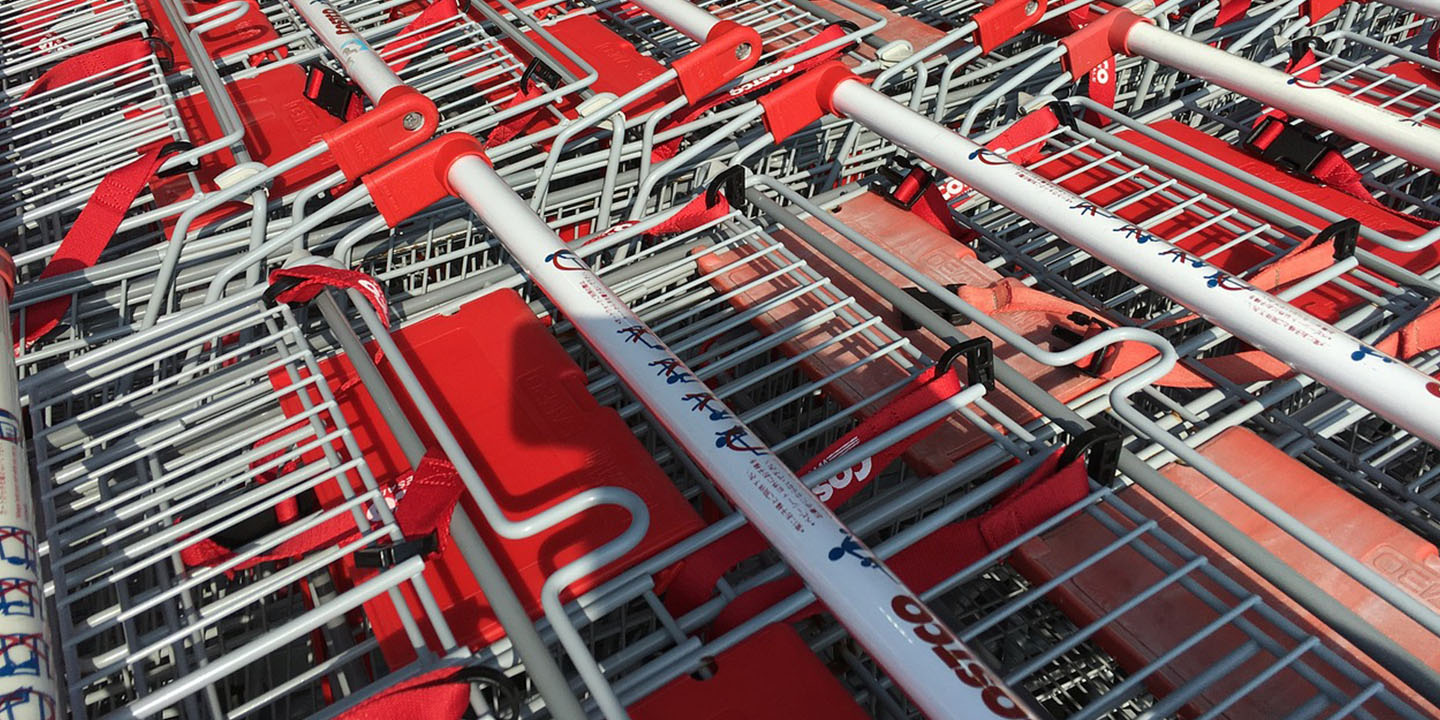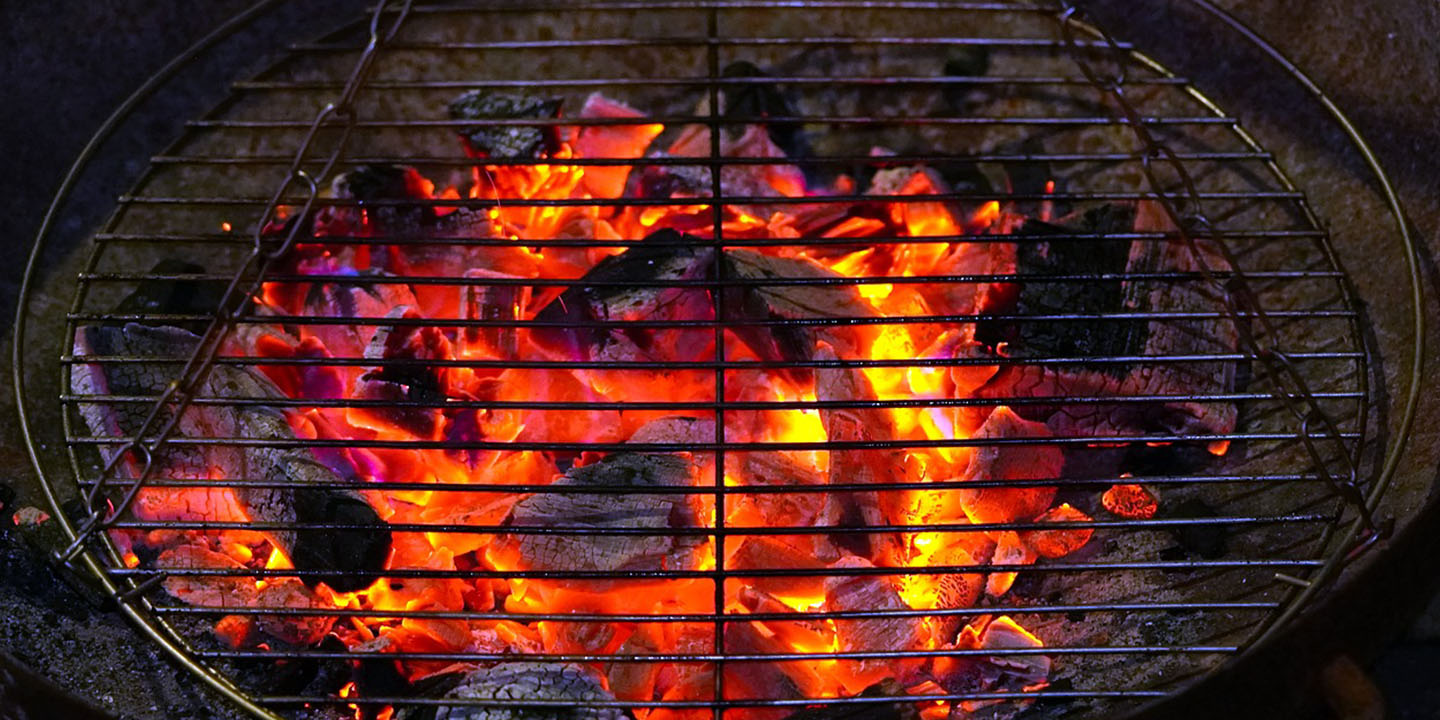Don’t Just Toss Hot Leftovers In The Fridge, Here’s The Right Way To Do It
The holidays are the time of year when family gathers under one roof and, suddenly, you're cooking large roasts and whole turkeys. There's inevitably going to be leftovers, so it's good to know how best to store them.
You may or may not have heard that the whole obsession with waiting for food to cool down completely before placing it in the fridge is a persistent myth—a relic from the past when appliances were nowhere near as efficient as they are today. Leaving hot food cooling on the counter for too long actually exposes it to more harmful bacteria, which, at room temperature, can double every 20 minutes, according to the Food and Drug Administration. However, you still don't want to place a whole hot casserole directly in the fridge as this will cause your icebox to warm up to dangerous temperatures or make it work too hard to stay cool, wasting energy. Additionally, you shouldn't put piping hot food directly into the freezer because it might harm the texture of the food and raise your freezer's temperature too much. It's best to cool it first using an ice bath or in the fridge. Later, it's best to let it thaw in the fridge, in cold water, or in the microwave, not at room temperature.
How to store leftovers properly
According to the Food and Drug Administration, the best way to store food is by separating it into smaller portions in shallow containers, allowing it to cool down more quickly. Take care to leave enough room for air to circulate around the food, as overpacking will result in food being improperly chilled. Make sure to cover containers to avoid contamination and spoilage. It's fine to transfer even scorching hot food directly to the fridge if you follow the above rules, but this might take a lot of energy as your fridge will work extra hard to keep itself cool. To avoid the added cost to your electricity bill, create an ice bath in a large bowl or your sink and float your containers in it.
Other tips for keeping your family safe
To avoid food-borne illness, ensure your fridge is the correct temperature by using an appliance thermometer. Your fridge should be at 40 degrees Fahrenheit, and your freezer should be kept at 0. Refrigerate perishables like meat, seafood, and poultry right away, and never let them sit out for more than two hours. Check labels for storage directions and expiration dates. If ever you're in doubt regarding the safety of food, throw it out. Not all food that can make you sick looks or smells spoiled.
The takeaway
When handled right, your leftovers can be just as delicious and safe the next day as they were the first time. Room temperature is your worst enemy when it comes to exposing you to risky bacteria, so don't follow the outdated rule of leaving your food to cool before storing it in the fridge. Take the necessary steps to ensure your food is properly cooled. Your future self and stomach will thank you.
KEEP ON READING









